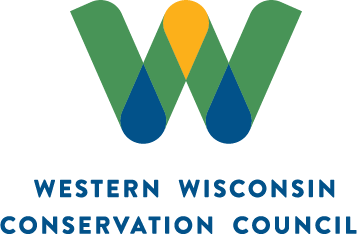One way that that the WWCC hopes to earn public trust is by conducting a conservation survey among its members and measuring the change in acres and practices over time.
We ask our members about conservation practices on their farms. It’s a requirement to be part of the group. Personal information is kept confidential, and our aggregate summary is available to the public.
As a brand new group, the WWCC conducted a partial survey of our membership in 2018. 10 (of 34+) WWCC members completed a survey of 14 practices including cover crops, no till, reduced tillage and nutrient stewardship. Using estimates from the USDA’s Conservation Effects Assessment Project, 10 WWCC members documented an estimated reduction of 17,267 pounds of phosphorous and 18,739 pounds of nitrogen. These figures include:
- 50,538 acres of diverse conservation practices. Some acres have multiple practices.
- 6,765 acres of cover crops, resulting in a reduction of 5,277 pounds of phosphorous and 18,739 pounds of nitrogen.
- 2,012 acres of conservation tillage (vertical till, strip till), resulting in a reduction 1,791 pounds of phosphorous.
- 4,232 acres of no-till farming, resulting in a reduction of 10,199 pounds of phosphorous.
These numbers will be used as a baseline and the change in acres and practices will be measured over time to show the WWCC’s progress. In 2019, the WWCC will survey and report on 100% of the membership as terms of our grant funding – and our mission as an organization.
If you have any questions about the WWCC’s 2018 baseline results and the member survey, please contact us by email
